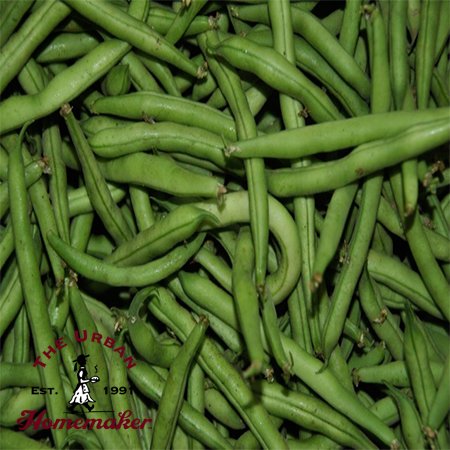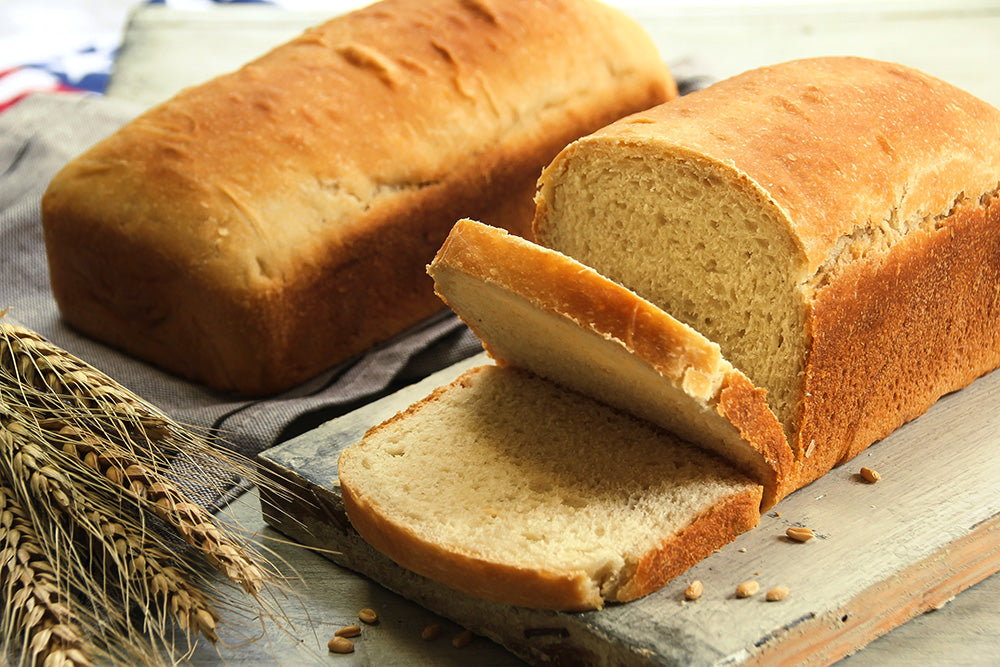Skip to product information


Maxibel Haricot Vert Bush Bean - Certified Organic
$3.95
Shipping calculated at checkout.
| Soil and Nutrient Requirements |
| Beans only require average fertility and prefer pH in the 6.0 - 6.8 range. Choose well drained, warm soils and use inoculants to increase yields where natural Rhizobia populations are low. |
| Position |
| Full sun to part shade |
| Seeding Depth |
| 1-2” |
| Plant Spacing |
| For bush beans, 2-3” |
| Row Spacing |
| For snap bush beans 18-36”, for bush dry beans 28-36”, for pole beans 6”; for pole beans use single or double rows, with 12” between, and 4’ center beds with trellis in the middle. |
| When to Sow |
| Days to maturity are from direct seeding. Direct seed after all danger of frost has passed. Optimal soil temperature for germination is 75-95°F. Beans are particularly sensitive to cool soils and are prone to rot if temperatures are below 55°F. White-seeded beans typically do not germinate as well as dark-seeded beans. Snap beans can be planted every 2-3 weeks for a continual harvest through mid-summer. |
| Other Considerations |
|
| Frost Tolerant |
| No |
| Drought Tolerant |
| Even moisture is important, especially during flowering and fruit set. Lack of moisture may cause deformed pods. |
| Heat Tolerant |
| Pod set is poor when temperatures exceed 90 degrees. |
| Seed Specs |
| 75-150 (115 avg) sds/oz, 1200-2500 (1850 avg) sds/lb varies greatly between varieties. |
| Seeding Rate |
| Bush Beans - 800 sds/100’ (~ .5lb/100’), 130M sds/acre (~70 lbs/acre) using 8sds/ft, 36” row spacing. Pole Beans - 800 sds/100’(~ .5lb/100’), 96M sds/acre (~52 lbs/acre) using 4 sds/ft, double rows 12” apart on 4’ centers. M=1,000 seeds |
| Harvest |
| Harvest early and often to increase yields. Remove oversized beans to maintain pod production. Dry beans are harvested once in the fall, when plants are drying down. Harvest by hand or machine, using either a combine or a stationary thresher. Avoid harvesting moldy pods whenever possible, and make sure beans are completely dry before threshing. |
| Storage |
| Dry further in cool, dry conditions prior to long-term storage. Beans are ready for storage when seed coat can not be dented by fingernail. Store beans in a cool dry place. |
| Pest Info |
|
| Disease Info |
|
Pickup currently not available

Our Famous
Whole Wheat Bread Recipe
Grandma Marilyn's Famous Bread Recipe is VERSATILE! Use it to make cinnamon rolls, pizza, bread sticks, and more.